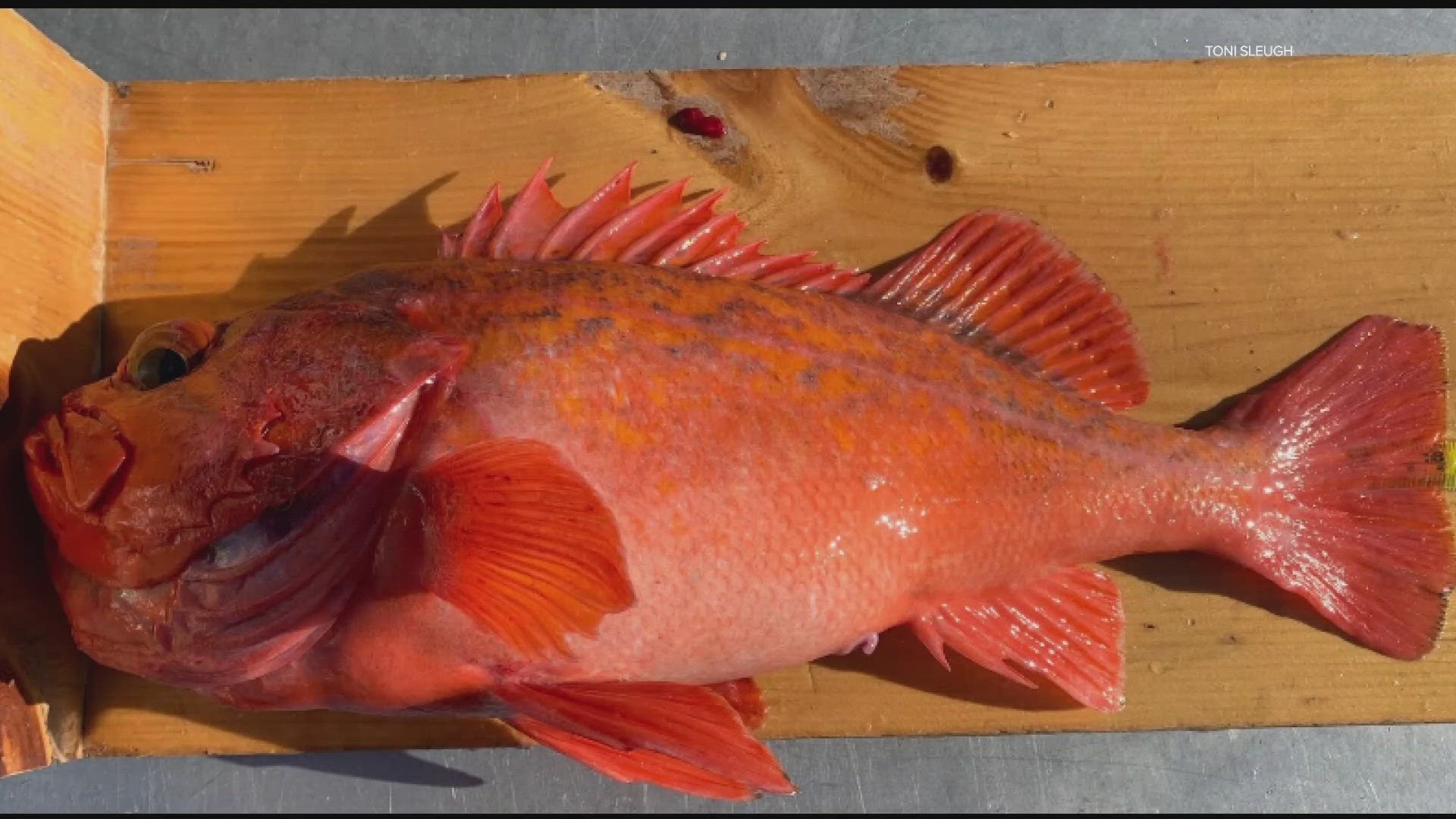SAN DIEGO — The federal government banned the use of DDT in the early 1970's, but more than 50 years later, researchers are still finding fish off the coast of Southern California that have the dangerous pesticide in their system.
"I don't think anyone believed that it would be a problem for as long as it has been," said Lillian McGill, who helped lead the research team at Scripps Institution of Oceanography. Her team has been looking into the long term affects of DDT in the fish we eat.
Between 1940 and 1970, the company that made DDT dumped hundreds of tons of contaminated waste into the ocean at several different sites, including spots off the coast of San Diego. Videos shot years later show huge barrels of it sitting on the ocean's floor.
"Across the entire Southern California bite, there are definitely hot spots of DDT where you need to be really careful about what you eat," McGill said.
She added that a surprising find in their study is that the DDT didn't really spread very far from the spots where it was dumped. That said, the sediment in those spots was definitely contaminated.
"In our results, we see that species that reside on the sediment, pretty low in the water column like halibut which is a flat fish, they tend to have much higher concentrations of DDT."
But McGill says fish caught right off the coast of San Diego did not show signs of unsafe contamination. That's because the dumping in our area happened in deeper water farther out. The same cannot be said for fish in the Palos Verdes Peninsula area in Los Angeles County, where there was dumping just off the shoreline.
"I was really surprised at how strong the relationship was between fish and sediment contamination," McGill said. "So if you look at it. It's a pretty linear relationship where you get high DDT in sediment and you get high DDT in fish."
Researchers also found that fish today don't have quite as high of DDT levels as they did in the late 1990's, but it's not clear if the water is safer or, if over time, the contaminated sediment has been buried by new sediment.

